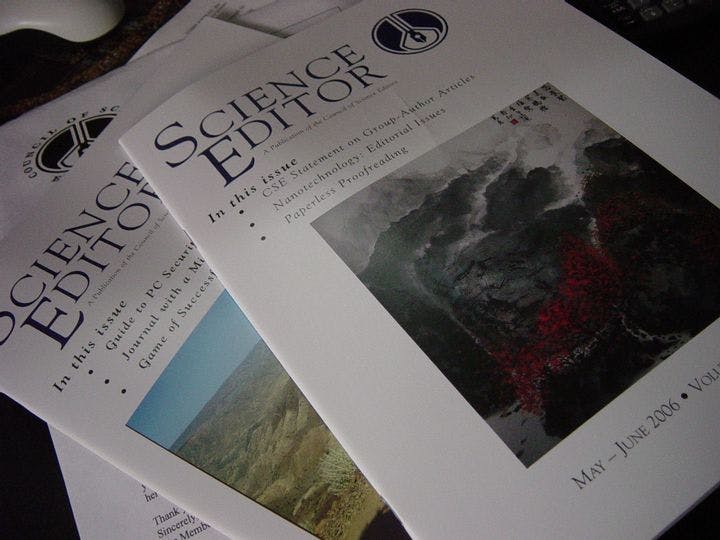Summer 2010
Publish and Perish?
– The Wilson Quarterly
How to raise the revenue needed to produce science journals? Charge the authors!
In the 1990s, the advent of the Internet sparked calls for science journals to provide their content online for free. How to raise the revenue needed to produce the journals? Charge the authors!
The “authors-pay” model—no mincing words here—has proven successful for a handful of publications. When the nonprofit Public Library of Science (PLoS) launched in 2003, it aimed to charge authors just $1,500 per paper, but the fee for its top journals has risen to $2,900, which is often covered by grants or university funds. The organization’s finances are highly dependent on the papers published in its online journal PLoS ONE,which reviews articles for technical soundness but does not make judgments about their importance. As a result of its light editorial touch, PLoS ONE has low costs and can get by charging authors $1,350 per paper.
Print journals such as Science and Nature rely on subscription fees to support the hefty costs of their editorial content, which includes reviews, sidebars, and supplementary materials online. (Subscribing to Nature costs a library upwards of $3,000 a year—not exactly chump change.) If such journals were to switch to an authors-pay model, the price per paper would need to be incredibly high. The editors of Nature say that research agencies would have to be willing to make more funding available to their scientists in order to help defray the fees.
A handful of online science journals offer free content by charging their authors hefty fees for publication.
The Internet is not the only source of pressure on science publishers. Washington is insisting that research funded by federal dollars be made public, particularly in fields with great public interest such as biomedicine. A 2007 law requires researchers at the National Institutes of Health to make all papers available in the agency’s PubMed Central repository within 12 months of publication. A bill introduced in the Senate by Joseph Lieberman (I-Conn.) and John Cornyn (R-Texas) would create a comparable requirement for all research backed by federal agencies with research budgets greater than $100 million. It’s also possible that the White House will issue a similar executive order.
If PubMed Central is any indication, such policies would have a large impact. Reporter Declan Butler writes that the archive now holds nearly two million articles. On an average weekday, some 420,000 visitors download a total of 750,000 articles.
THE SOURCES: “Open Sesame” by the editors of Nature and “U.S. Seeks to Make Science Free for All” by Declan Butler, in Nature, April 9, 2010.
Photo courtesy of Flickr/Heather Kennedy
